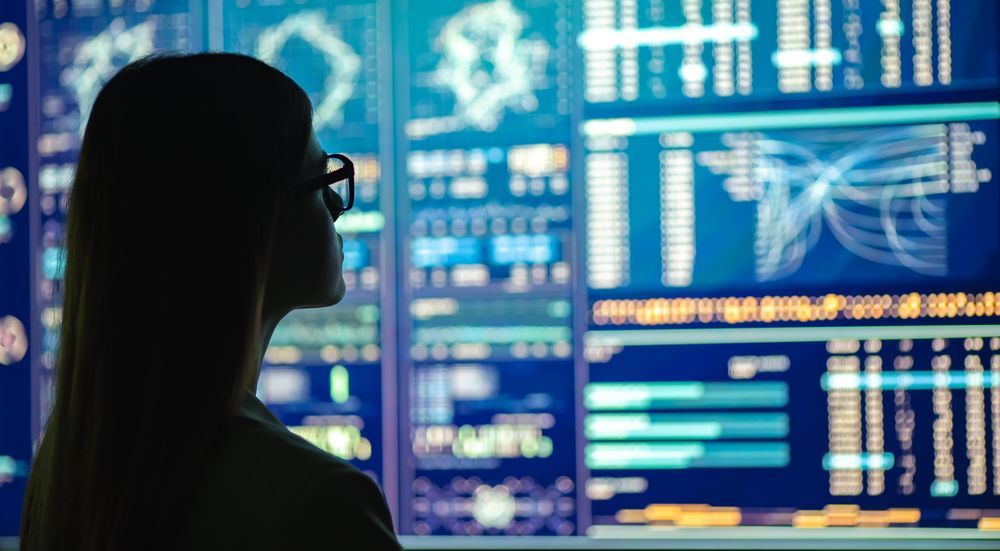Feb 13, 2020
These bionic shorts help turn an epic hike into a leisurely stroll
Posted by Shane Hinshaw in categories: cyborgs, information science, robotics/AI, transhumanism, wearables
Forget the Thighmaster. Someday you might add a spring to your step when walking or running using a pair of mechanically powered shorts.
Step up: The lightweight exoskeleton-pants were developed by researchers at Harvard University and the University of Nebraska, Omaha. They are the first device to assist with both walking and running, using an algorithm that adapts to each gait.
Making strides: The super-shorts show how wearable exoskeleton technology might someday help us perform all sorts of tasks. Progress in materials, actuators, and machine learning has led to a new generation of lighter, more powerful, and more adaptive wearable systems. Bulkier and heavier commercial systems are already used to help people with disabilities and workers in some factories and warehouses.
















